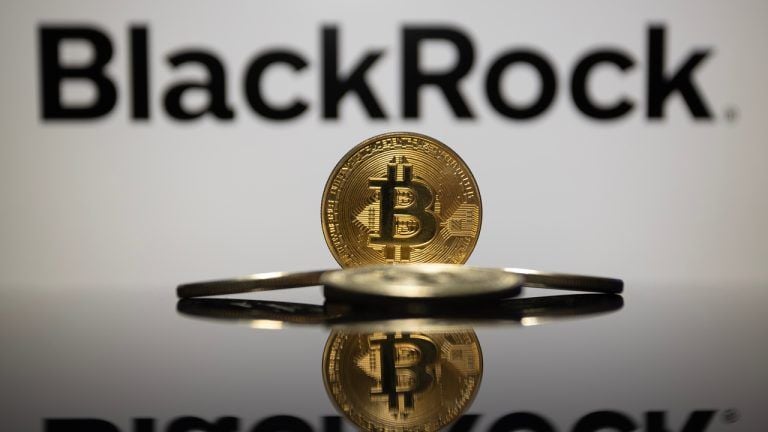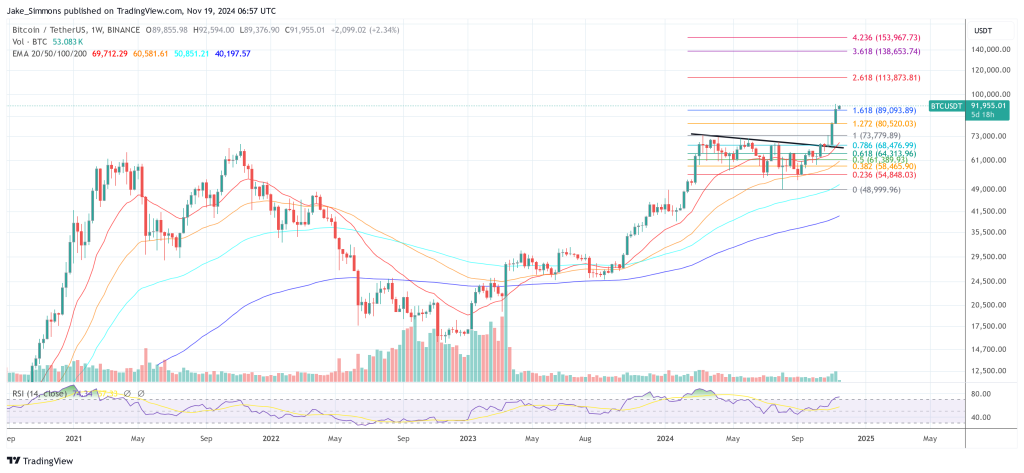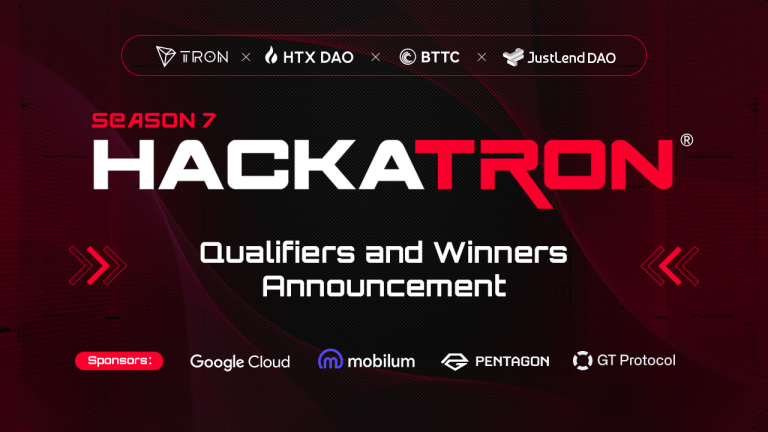So, about four months ago, an Algonaut made post on the official sub (which I cannot link to here because of sub rules) trying to take a stab at figuring out what level of sustained, average TPS the Algorand network would need in order to be self-funding. Not knocking OP. I think he put in some work and was trying to make a good faith guess.
Unfortunately, I think there are some significant assumption errors. Those assumptions, I believe, resulted in a highly overstated average TPS estimate. That, in turn, has unfortunately resulted in the post being used several times as a source for FUD (including posts on CC, which I cannot link to because of sub rules) as well as a handful of comments). So, I decided to revisit the issue and provide an alternative estimate. I follow the same structure as the OP.
How much does it cost to incentivize relay nodes?
Blockdaemon offers to set up a relay node for you for $2,999/ month, or ~$36,000/yr. I also attempted to consider costs if you built one on AWS. For computing, I estimated a 1.4xlarge web computer (16 vCPU w/ 32 GB memory) with an on-demand pricing of $0.408/hr*24*365 = ~$3,574/yr. For storage, we are currently at around 1.5TB for mainnet archival + indexer. I'm going to go with a 3 TB of storage. At a cost of $0.08/GB/month, that results in 3000*.08*12 = $2,880/yr. For network throughput, Algorand says during October 2022, main net relays were seeing between 10TB and 30TB of egress per month. So, I'm just going with an 30TB plan for throughput. AWS ranges between $.08 and $.12 depending on location and whether it is the first 10TB or the next. I'm just going to assume 30TB/month at the average cost of $.10/GB per month. That works out to $.10*30,000*12 = 36,000/yr. So, with this, we have two estimates: ~$36k/year with Blockdaemon and ~$42.5k through AWS. Let's use an average cost of $39.25k/year. (Note: a more accurate number would probably should include a variety of other cloud computing providers as well as costs to do this with hardware rented out at a data center. But, this at least gives us a decent estimate).
Next, how many relays do we need? OP assumed we need 10,000 relay nodes to "achieve decentralization" based on a comparison to Bitcoin and Ethereum nodes. The problem in this assumption, however, is that relay nodes don't actually participate in consensus by proposing or voting on blocks. Instead, they act to allocate network traffic to the participation nodes. Relay nodes could not conspire to double spend. At best, they could slow the network a bit (but to what end?). So long as enough honest relays remain to allocate traffic, the network continues.
So, really, the issue of having sufficiently decentralized relays is about (1) opening them up so that they can be permissionless; and (2) ensuring there are a sufficiently large number that are globally distributed such that outages of even a large number of relays would not meaningfully slow the network. The first issue is being worked on through the community relay node program. The second issue is more of a judgment call. Right now, it works flawlessly with 100 relays. If the current 100 relays were entirely permissionless and community run, I doubt people would say this is a centralization problem. So again, what number do we think is a good minimum? My suggestion is 200. Why? Because it is a number that would ensure the number of newly added permissionless relays is comparable to those run by early adopters/insiders. Further, it adds a 100% redundancy to a system that has already shown itself to be incredibly resilient.
So 200 relays * $39.25k = $7,870,000/year. Finally, I'm going to add a 15% "profit factor" onto this since I don't think that merely breaking even is enough given how different it is from a participation node. Instead, there should be an economic incentive to run them. So, $7.87M * 1.15 = $9,050,500.
How much does it cost to incentivize participation nodes?
First comes the question of whether we must do this. Running a participation node is a relatively modest cost both in terms of money and time. Individuals and institutions with a significant stake are inherently incentivized to run participation node to secure the network, especially given the PPoS model. That is in part why even without incentives, Algo has over 1,600 participation nodes, while incentivized chains with larger market caps that use a different PoS model still either have less nodes or don't outpace Algo by some crazy amount (e.g. Cardano at ~2,500; Solana at ~1,900; Avalanche at ~1,200). But, let's start from the assumption that you need to make it so that some minimum number of participation nodes should break even.
So, how much does it cost? Well, if you want to be really frugal, the answer is $0. Yes, you read that right. You can run a participation node for absolutely no cost. How you say? Well, give thanks to u/d13co for putting together this guide on how to run a participation node for free on Oracle Cloud's basic free cloud computing service. There are other free cloud computing services that may work.
Zero dollars on a cloud is nice, but it's not ideal for all nodes to be on cloud servers since that creates a problem if a big cloud provider goes down for a bit of time. So let's consider hardware nodes. Currently Raspberry Pi's with 8gb of RAM will suffice (though they will struggle after the upgrade to 6k TPS). Given that, let's try to plan for future proofing. Further, let's assume we want at least 2/3rds of all participation nodes to be hardware nodes.
Let's assume we are running the participation node on a dedicated mini-pc that far exceeds current requirements. You can get those for less than $600. Let's also include a conservative estimated life cycle of 5 years. Let's also consider a normal stress load of 18W and a current average kWh price of $0.167. I'm going to assume an average internet cost of $0. Given the high capacity of internet connections now for things like streaming, most people don't need to buy extra internet connection for participation nodes. If bandwidth is an issue such that it costs a lot, see the immediately preceding paragraphs about how to run a node for $0 on a cloud server. So, the conservative cost of equipment amortized over 5 years is $600/5 years=$120/yr. Expected electricity cost is (18w*24hrs)/1000 = 0.432kWh * 365 days * $0.167/kWh = $26.33. Total cost per year for the hardware node: $146.33.
Now, how many participation nodes do we comfortably need as a minimum? OP, for some reason, assumed we need 50k participation nodes without any real explanation. This seems like a massive overshot. Figuring out a more precise answer probably involves an evolving answer based on continually calculating the Nakamoto Coefficient. But, that's a complex and moving target. So, instead, I'll look to BTC. Currently, there are around 15.5k Bitcoin nodes.
Now, again lets assume a 1/3 to 2/3 breakdown between free cloud and paid hardware nodes. Now, we calculate the cost (5,166 * $0) + (10,333*146.33) = ~$1,512,000
What is the cost of running Algorand Inc and Algorand Foundation?
Zero dollars. OP assumed that the fee sink should be funding the Inc and Foundation long term. That, I think, is one of the biggest flaws. Algorand Inc. is not supposed to get money from the fee sink. Instead, it received seed funding of 2B Algo at genesis and over time is meant to be self-sustaining through it's own business activities such as partnerships, providing enterprise solutions, and its ownership of other projects (e.g. music streaming service Napster). The Algorand Foundation is a not-for-profit organization focused on supporting open-source community development on the Algorand ecosystem. It was funded with 500M Algos and given charge of rewards to dole out. It funds its operations with those initial 500M Algo. They make some money by loaning those Algos out. But, ultimately it is not necessary beyond 2030. By then, all grants and other ecosystem rewards under the Foundation's control will be exhausted and it's purpose is essentially at an end.
Combined:
Finally we can calculate the average yearly cost to keep the network going. Again, this assumes we must pay participation nodes, which is a very heavy assumption. However, with that, we get $9,050,500 + $1,512,000 + $0 = $10,201,700/year. So, what TPS do we need to sustain that? Well, instead of prognosticating on where price should be, let's lay out some various scenarios ranging from our current terrible bear market price to all the way to hyper-optimistic ranges.
Scenario 1: $0.37 (Current price) = $10,201,700/(.37*60*60*24*365*0.001)= 874 TPS.
Scenario 2: $1 (a nice round number) = 323 TPS
Scenario 3: $1.38 (Algo price at current Cardano Market Cap, which we were at as recently as January this year ) = 234 TPS
Scenario 4: $3 (near Algo's prior ATH) = 108 TPS
Scenario 5: $8.77 (Algo price at Cardano ATH Market Cap) = 37 TPS
Scenario 6: $18.86 (Algo price at current Ethereum Market Cap) = 17 TPS
Scenario 7: $57.17 (Algo price at Ethereum ATH Market Cap) = 6 TPS
Closing Thoughts:
The amounts above are based on current requirements. If before 2030 we upped our TPS to 46k and lowered our finality times to 2.2 seconds, the storage and bandwidth requirements for relays would significantly increase. However, before we even get to that point where that is needed, we would already far exceed the average TPS needed to be more than self-sustaining even at the current bear market price. What does all of this mean? Obviously, it means we need several more partnerships to increase our average TPS. We have years to do it. Things like FIFA will help, but we need more than that. However, given how cheap and easy Algo is to use, it is easily doable. Something like an NFT ticketing system would easily take us to extreme highs in terms of average TPS. But again, this is why I consistently think we need to focus more on increasing usage and increasing TPS rather than focusing on TVL. Institutional adoption that involves usage for real world solutions is where success is found.
[link] [comments]

You can get bonuses upto $100 FREE BONUS when you:
💰 Install these recommended apps:
💲 SocialGood - 100% Crypto Back on Everyday Shopping
💲 xPortal - The DeFi For The Next Billion
💲 CryptoTab Browser - Lightweight, fast, and ready to mine!
💰 Register on these recommended exchanges:
🟡 Binance🟡 Bitfinex🟡 Bitmart🟡 Bittrex🟡 Bitget
🟡 CoinEx🟡 Crypto.com🟡 Gate.io🟡 Huobi🟡 Kucoin.




















Comments